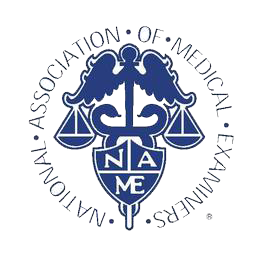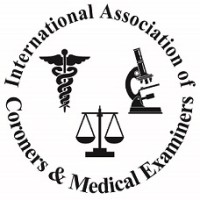

A Medical Examiner (ME) is a medical doctor specialized in forensic pathology (the study of disease and trauma in humans, usually by way of autopsy). Popular culture has embraced the Forensic Pathologist (FP), and many shows and movies over the years have showcased different aspects of the job. However, reality often runs afoul of fiction, with those unfamiliar with the profession misunderstanding what FPs can (and can’t) do.
Below are three of the most common misconceptions practicing Forensic Pathologist’s encounter:
- The Medical Examiner and Coroner perform the same function.
Death investigation in the United State is not uniform. Some states or counties use MEs, some use Coroner’s, and often, the two terms are used interchangeably. However, they are not the same. With some exceptions, a majority of MEs are FPs. In contrast, Coroners are often elected officials, who may or may not have the training and experience of an FP. Coroners are tasked with many of the same functions of an ME (i.e., determining jurisdiction, performing exams, sometimes even determining cause and manner of death), but to varying outcomes.
- The Medical Examiner will ALWAYS perform an autopsy
The reality is, there are not enough qualified forensic pathologists to handle the ever-increasing number of cases. If the ME accepts jurisdiction of a case, they must triage, or prioritize, which cases get a full autopsy, and which cases will receive an “external” (outside) exam only. As a medico-legal and public health entity, the ME will perform full autopsies on cases like homicides, or other untimely/suspicious deaths. But if triaged appropriately, external examination only should able to identify cause and manner of death without invasive examination, as well as answer the most important questions.
- The Medical Examiner can test for any “poison”.
The ability to test for drugs in one’s system after death (known as “postmortem toxicology”) is affected by many factors, including:
- The condition (and type) of sample affects both testing and interpretation of results. Blood, body fluids, or even tissue samples may be incompatible with current laboratory machinery. In addition, detecting the drug and establishing its concentrations is dependent on the anatomical site of origin, proper storage, and several additional factors.
- The police, law enforcement and/or the ME must have a general suspicion of what drugs may be present in order to request the correct drug panel from the toxicology lab. A white powder found on scene in the setting of a known heroin user will prompt the ME to order a panel that tests for “drugs of abuse”. But a family claiming “poisoning” of elderly member, without specific indication of what that drug may be, is going to prompt a costly and ultimately unsatisfactory toxicology result.
- Finally, there are some substances that just cannot be detected. With the unrelenting influx of many different types of “designer” street drugs, forensic laboratories are unable to keep up, as each new drug requires the development of a new way to test for it.
White Mountain Forensic Consulting Services is pleased to welcome this guest post from friend and colleague Dr. Renee Robinson. Dr. Robinson is a Board Certified in Anatomic and Forensic Pathologist, speaker, adjunct professor, and medical writer based out of Virginia. She has practiced forensic medicine in a variety of domestic and international settings for over 14 years, and is available for forensic consultation and educational/speaking engagements.

